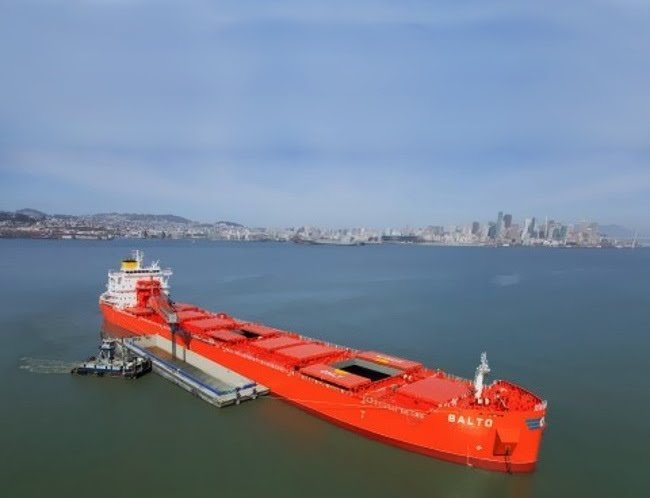The dry bulk market could be heading for a rally, if ship owners commit to more scrappings. In its latest weekly report, shipbroker Intermodal said that “as the end of the year approaches, one would definitely notice that the newbuilding orderbook for bulk carriers is significantly smaller compared to the levels of the same period last year; a year where newbuilding orders were also down compared to the year before”.
According to Intermodal, “starting with the Handysize sector, a total number of 109 units are on order compared to the 127 units for the same period last year (5% vs 4% today in terms of orderbook to fleet ratio). In the Supra-Ultra segment, 233 ships were on order last year vs 188 units until today (5% of the fleet today vs 7% the year before). Moreover, regarding Panamax-Kamsarmax front is concerned, from a total orderbook of 193 ships last year, the current one now consists of 121 ships (9% vs 5% today). Finally, the orderbook of Capes/Newcastlemax stands today at 126 units vs 201 ships during the same period last year (7% and 12% of the existing fleet respectively).
The shipbroker added that “although the slow newbuilding contracting activity is evident and welcomed by all dry bulk ship owners, it is very interesting to undergo a more detailed research of the reasons that led to the above slump of orders. Initially, the fresh capital that used to come from investors, who are not directly related to the shipping industry, has dried up. With returns falling below expectations or being negative, the appetite for participation in newbuilding projects has gradually decreased. Another reason is the absence of a breakthrough technology that would bring a meaningful improvement in new building designs, which are pretty much the same during the past 5 years. Notwithstanding that the most important “known- unknown” is still the next modus of propulsion. As a result, the shipping industry’s “divided” view on the commercial and long-term implementation feasibility of ESG in maritime transportation remains present, with shipping participants unable to reach a consensus on what type of fuel will the next generation ships use. Hence several owners adopt a “wait and see” approach while monitoring the new developments in the sector”.
According to Mr. Ilias M. Lalaounis, SnP Broker with Intermodal, “in addition to the above, another important reason why newbuilding orders are low, is definitely the low price of 5-yrs old ships compared to newbuilding prices. Ship builders are more inelastic on prices compared to the prices of modern second hand units which in today’s dynamic SnP market fluctuate in line with the freight market that has been extremely volatile over the past two years. Consequently, a significant amount of SnP transactions of modern ships have materialized. Specifically, 44 ships less or equal to 5-yrs old have been sold during 2019 and 44 in 2020 so far with prices mainly trading at a discount over newbuilding prices, which is as a disincentive for owners to order new ships”.
“All in all, bearing in mind all the above and in combination with the current low fleet-orderbook ratio, it seems that dry bulk owners should stop worrying about the supply of new ships, and focus on how many ships exit the market for recycling. That being said, an increase in scrapping activity will definitely boost freight rates further, and a bull market might be just around the corner”, Lalaounis concluded.
Source: Hellenic Shipping






